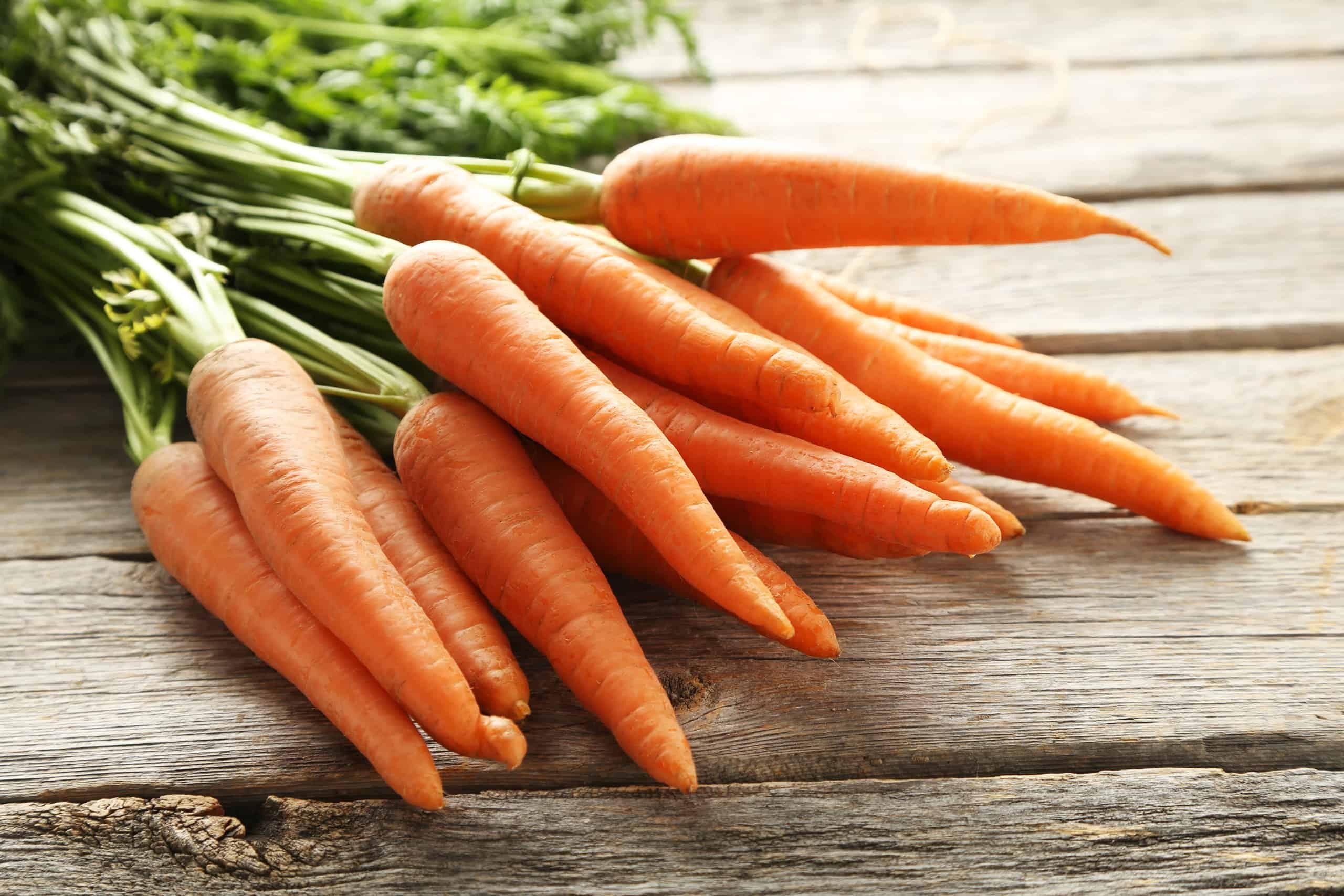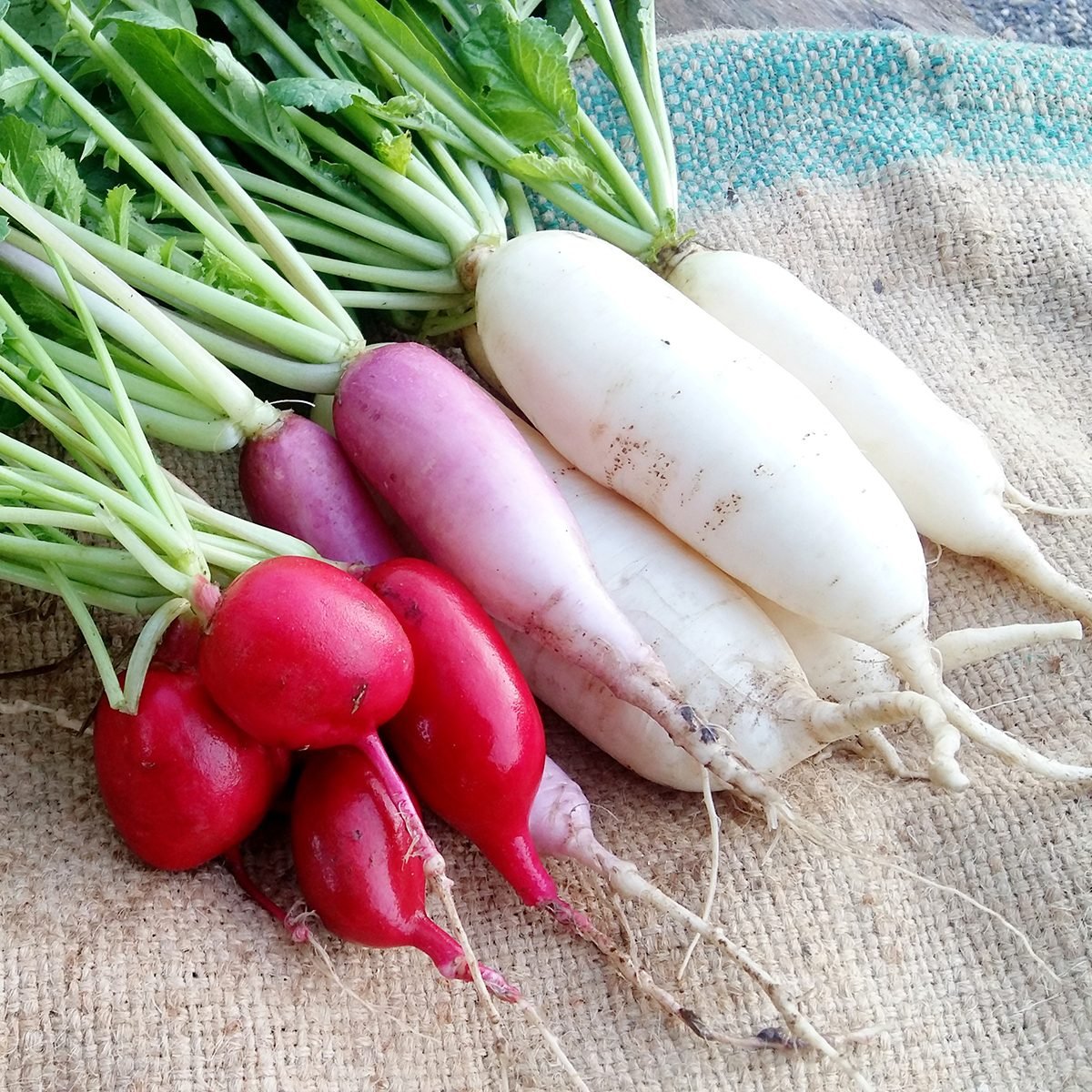Late Summer Vegetables To Plant For A Fall Harvest
Title: Late Summer Vegetables to Plant for a Fall Harvest
Introduction:
As the summer heat starts to wane, it's time to start thinking about planting your fall garden. There are a number of vegetables that can be planted in late summer and will be ready for harvest in the fall. These vegetables are known as "cool-season" crops, because they prefer cooler temperatures. They are also relatively easy to grow, making them a great option for beginner gardeners.
Main Content:
Here are some of the best late summer vegetables to plant for a fall harvest:
- Carrots: Carrots are a classic fall vegetable, and they're easy to grow. Sow the seeds directly in the ground about 2-3 weeks before the first frost. Carrots will take about 60-70 days to mature.

- Beets: Beets are another popular fall vegetable. They're a good source of vitamins and minerals, and they're also relatively easy to grow. Sow the seeds directly in the ground about 3-4 weeks before the first frost. Beets will take about 50-60 days to mature.

- Radishes: Radishes are a fast-growing vegetable that can be harvested in just a few weeks. They're a good source of vitamin C, and they're also a refreshing addition to salads. Sow the seeds directly in the ground about 2-3 weeks before the first frost. Radishes will take about 20-30 days to mature.

- Turnips: Turnips are a versatile vegetable that can be eaten raw, cooked, or pickled. They're a good source of vitamins and minerals, and they're also relatively easy to grow. Sow the seeds directly in the ground about 3-4 weeks before the first frost. Turnips will take about 50-60 days to mature.

- Kale: Kale is a leafy green vegetable that is packed with nutrients. It's a good source of vitamins A, C, and K, and it's also a good source of fiber. Kale can be harvested throughout the fall, as long as the temperatures stay cool.

- Spinach: Spinach is another leafy green vegetable that is packed with nutrients. It's a good source of vitamins A, C, and K, and it's also a good source of fiber. Spinach can be harvested throughout the fall, as long as the temperatures stay cool.

- Broccoli: Broccoli is a cruciferous vegetable that is a good source of vitamins C and K. It's also a good source of fiber. Broccoli can be harvested in the fall, but it's important to protect it from frost.

- Cauliflower: Cauliflower is a cruciferous vegetable that is a good source of vitamins C and K. It's also a good source of fiber. Cauliflower can be harvested in the fall, but it's important to protect it from frost.

Conclusion:
These are just a few of the many late summer vegetables that can be planted for a fall harvest. With a little planning, you can enjoy fresh, homegrown vegetables all fall long.
If you're looking to plant some late summer vegetables, Home Gardening has a great list of options. You can find information on when to plant, how to care for, and what to expect from each vegetable.
Here are a few of the vegetables that do well in late summer:
- Broccoli
- Brussels sprouts
- Cabbage
- Cauliflower
- Kale
- Lettuce
- Onions
- Peas
- Spinach
FAQ of late summer vegetables to plant
Question: What are some good vegetables to plant in late summer?
Answer: There are many good vegetables to plant in late summer, but some of the most popular include:
- Root vegetables: Beets, carrots, radishes, turnips, rutabagas
- Leafy greens: Kale, spinach, lettuce, Swiss chard
- Brassicas: Broccoli, cauliflower, cabbage, Brussels sprouts
- Herbs: Basil, cilantro, dill, parsley
- Squash: Winter squash, zucchini, pumpkins
These vegetables are all relatively easy to grow and can be harvested in the fall or early winter. They are also a good source of vitamins, minerals, and fiber.
Question: When is the best time to plant late summer vegetables?
Answer: The best time to plant late summer vegetables depends on your climate. In general, you should plant them about 6-8 weeks before your first fall frost. For example, if your first frost is in October, you would plant your late summer vegetables in August.
Question: How do I prepare my soil for planting late summer vegetables?
Answer: Before you plant your late summer vegetables, you need to prepare your soil. This includes:
- Tilling the soil: This will help to break up the soil and improve drainage.
- Adding compost: Compost will add nutrients to the soil and help to improve its tilth.
- Testing the soil: You should test your soil to determine its pH level and nutrient content.
Question: What are some tips for watering late summer vegetables?
Answer: Late summer vegetables need regular watering, especially during hot, dry weather. You should water them deeply, but not too often. Overwatering can lead to root rot.
Question: What are some pests and diseases that can affect late summer vegetables?
Answer: Late summer vegetables can be affected by a variety of pests and diseases. Some of the most common include:
- Aphids: Aphids are small, soft-bodied insects that can suck the sap from plants.
- Squash bugs: Squash bugs are large, shield-shaped insects that can damage squash and other cucurbit vegetables.
- Downy mildew: Downy mildew is a fungal disease that can affect a variety of vegetables, including cucumbers, tomatoes, and peppers.
Question: How can I prevent pests and diseases from affecting my late summer vegetables?
Answer: There are a number of things you can do to prevent pests and diseases from affecting your late summer vegetables, including:
- Planting resistant varieties: Some varieties of vegetables are more resistant to pests and diseases than others.
- Staking your plants: Staking your plants will help to keep them upright and prevent them from touching the ground, where they are more likely to be infected by pests and diseases.
- Watering properly: Overwatering can lead to root rot, which can make plants more susceptible to pests and diseases.
- Inspecting your plants regularly: Inspect your plants regularly for signs of pests and diseases. If you see any problems, take action immediately.

Post a Comment for " Late Summer Vegetables To Plant For A Fall Harvest"